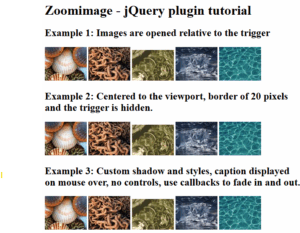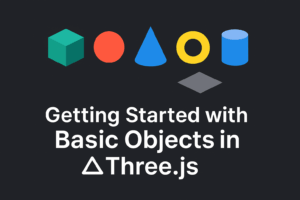Once upon a time, jQuery was the king of the Front-End jungle. It transformed the way developers wrote JavaScript and made the web more accessible to millions of engineers. But with modern browsers and frameworks, its role has changed dramatically.
Let’s take a look at the history of jQuery: how it dominated, why it thrived, and where it fits today.
Why jQuery Became Popular
In the mid-2000s, browser compatibility was a nightmare. Writing cross-browser JavaScript for things like event handling or DOM manipulation was error-prone and exhausting. Enter jQuery, first released in 2006 by John Resig.
What jQuery solved:
- Normalized DOM APIs across Internet Explorer, Firefox, Safari, etc.
- Simplified event handling
- Made AJAX requests much simpler
- Delivered easy-to-use animations
- Had a rich plugin ecosystem
Example from the jQuery golden age:
$("#myButton").click(function() {
$("#myDiv").fadeOut();
});That one-liner would have required 10–20 lines of verbose JavaScript without jQuery, especially for legacy browsers.
Peak jQuery Era (2010–2015)
During this period, jQuery was everywhere:
- It shipped by default with WordPress
- Many early JavaScript frameworks depended on it
- Almost every website used it for tooltips, sliders, and modals
- It was considered essential for front-end developers
Its motto, “Write less, do more,” was no exaggeration.
jQuery Plugins
Part of jQuery’s success was its plugin ecosystem:
- jQuery UI for widgets and interactions
- jQuery Mobile for early mobile support
- Countless community plugins (sliders, carousels, fancy effects)
A vibrant plugin culture built up around jQuery and made it a de facto standard.
Modern Front-End Changes (2015–2020)
As browsers modernized:
- JavaScript standards improved (ES6+)
- DOM APIs became consistent across browsers
- CSS3 transitions replaced jQuery’s animations
- Vanilla JS grew easier and cleaner
At the same time, frameworks like React, Angular, and Vue shifted developers away from directly manipulating the DOM, instead encouraging component-driven architectures.
This made jQuery much less critical.
jQuery in 2025
Today, jQuery is rarely used in modern, greenfield projects. Its typical roles in 2025:
- Supporting legacy enterprise codebases
- Maintaining older WordPress themes/plugins
- Simple scripts in classic sites where a framework is overkill
But most new apps use:
- Frameworks (React, Vue, Svelte, etc.)
- Modern vanilla JavaScript (ES6+)
- Utility frameworks (Tailwind, Alpine.js)
Example in modern vanilla JS (replacing jQuery):
document.getElementById("myButton").addEventListener("click", () => {
document.getElementById("myDiv").style.display = "none";
});
No need for $ anymore — modern browsers handle it cleanly.
Should You Still Learn jQuery?
If you’re maintaining legacy code, absolutely. There are still millions of websites with jQuery under the hood. But for new apps, you almost certainly don’t need it.
Key skills for new developers instead:
- Modern JavaScript (ES6+)
- Web components
- Modern frameworks (React, Vue, Svelte)
- CSS transitions and animations
Final Thoughts
jQuery changed the web forever by making JavaScript accessible, fun, and powerful in a time of severe browser fragmentation. While its reign is over, it deserves respect for paving the way for today’s rich front-end ecosystem.
Long live jQuery — in our memories, and sometimes still in our legacy code!




